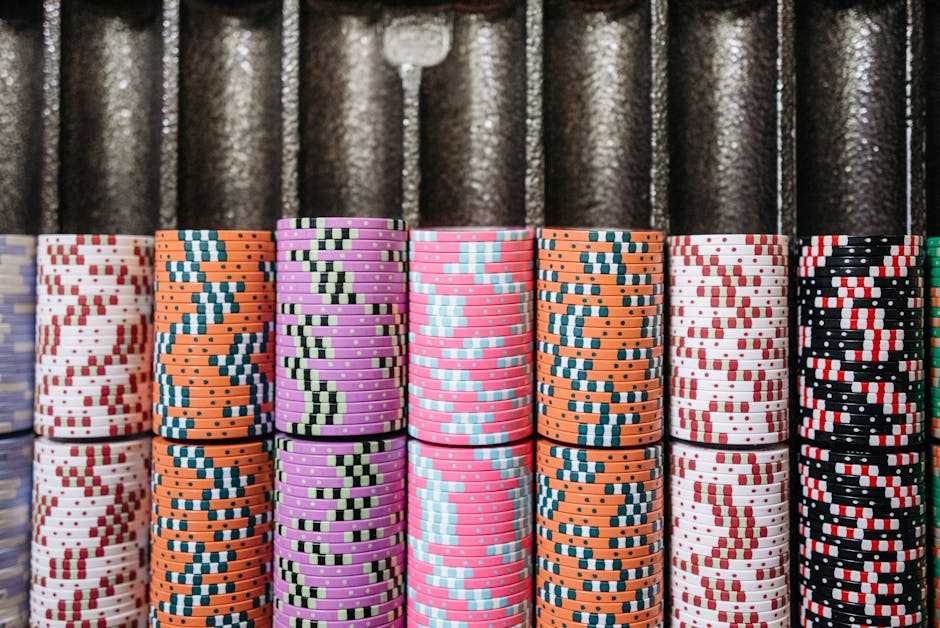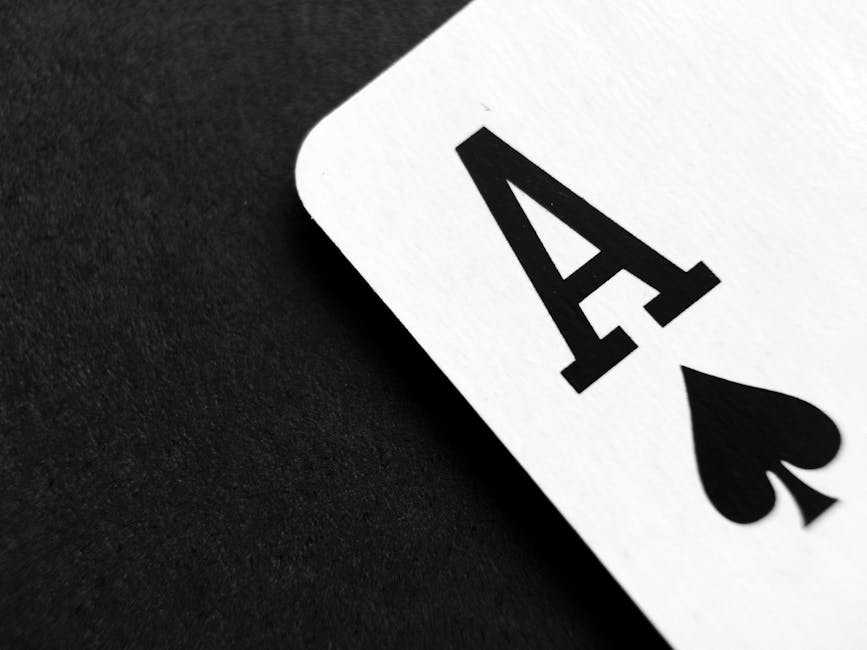What is Self-Exclusion?
Self-exclusion is a practical step someone can take to either limit or fully block their access to gambling. It’s not about quitting cold turkey overnight—it’s about putting a wall between you and the platforms that might trigger unhealthy habits. Once active, these tools deny access to betting sites, apps, or physical venues, depending on the setup.
The tool is designed for anyone starting to feel like gambling has moved from fun to something harder to control. Maybe you’re chasing losses too often. Maybe you’re skipping meals, bills, or sleep because of late-night spins or weekend sports bets. Self-exclusion steps in as a reset—giving space to cool off, reassess, and regain control.
In the bigger picture of responsible gambling, self-exclusion isn’t a silver bullet—it’s one piece of a broader strategy. Alongside limit-setting, money management skills, and external support, it becomes part of a toolkit for staying ahead of addiction instead of reacting to it. Simple, not easy—but effective when used with intent.
How Self-Exclusion Works
Self-exclusion is more accessible than ever. You don’t need to walk into a casino anymore to block yourself from gambling—though that option still exists. Today, you’ve got three main routes: online tools, in-person agreements, and mobile apps. Each has its strengths, but the goal is the same: cut off the path before the habit takes over.
Online self-exclusion typically means registering with a national database—like GamStop in the UK—that blocks you from licensed gambling sites. App-based options like Gamban or BetBlocker take it a step further, restricting access across devices. In-person programs usually involve physically signing up at a casino or gaming venue to have yourself barred.
Once you activate a tool, changes can be pretty instant. Your accounts may get locked, ads might get suppressed, and apps stop opening gambling-related sites. This isn’t just a suggestion—it’s a line in the sand.
Duration-wise, it’s flexible. Most systems let you choose anywhere from a few months to several years. Some tools offer permanent self-exclusion, which can’t be undone easily. That makes it useful for people serious about long-term change—or those who’ve tried everything else.
Pick the form and timeline that actually works for your life—not just what sounds nice. Because once it’s on, it’s meant to stay on.
Popular Self-Exclusion Tools and Platforms
When you’re ready to step back from gambling, knowing the tools available makes it easier to draw that line. Self-exclusion tech has come a long way, and there’s something for just about every level of need. Here’s where to look:
National Programs
Tools like GamStop (UK) and GAMBAN offer blanket protection from hundreds of gambling sites. Once you’re on these lists, licensed operators in your region are required to block your access. It’s a firm barrier. GamStop is free and links directly with UKGC-regulated casinos and sportsbooks. GAMBAN is subscription-based but works cross-border by blocking gambling apps and websites at the device level.
Pros:
- Broad coverage
- Strong compliance enforcement (especially in regulated markets)
- Ideal for people who want to go cold turkey
Cons:
- Doesn’t block unregulated or offshore sites
- Can be difficult to reverse or tailor once activated
Casino and Sportsbook-Specific Tools
Most operators offer built-in self-exclusion options—from short-term time-outs to permanent bans. These tools are quick to activate and vary in flexibility. You stay in control of how long, where, and when.
Pros:
- Immediate access to controls if you feel triggered
- Often includes spending limits and bet blockers
Cons:
- Only applies to that single platform
- Easy to bypass by switching to another provider
Third-Party Software and Browser Blockers
Apps like BetBlocker or browser plugins like BlockSite let you manually blacklist gambling content. Useful for people managing multiple devices, or for parents limiting exposure.
Pros:
- Works across sites, not tied to a gambling license
- Accessible tech for all devices
Cons:
- Requires personal setup and maintenance
- Tech-savvy users may find workarounds
Bottom line: no tool is bulletproof, but combining layers—national programs, platform tools, and software blocks—can build a stronger safety net. Choose what fits your habits and temptation triggers.
Benefits of Using Self-Exclusion
Self-exclusion creates a hard stop—a line in the sand between you and risky behavior. In the moment, it’s the difference between opening a betting app out of habit and getting locked out before the damage is done. It removes the option, plain and simple.
That space—where the urge is blocked—is where recovery begins. With the usual dopamine loop interrupted, the mind has room to reset. You can reflect on patterns, decide what needs to change, and figure out what supports are actually helpful.
Structure matters too. Willpower alone is shaky ground when the stakes are emotional. Self-exclusion tools add systems and friction to moments of impulsivity. They force a pause. And for a lot of people, that pause is the foothold they need to start climbing out.
When to Use Self-Exclusion
There’s no neon sign telling you when gambling has crossed the line. But certain behaviors act like flashing warnings. If you’re routinely spending more money than you planned—or worse, dipping into cash meant for bills, food, or rent—that’s a red flag. Chasing losses is another clear signal. Trying to win back what you’ve lost rarely leads to anything good. It’s one of the fastest ways to spiral.
Then there’s the slow bleed: skipping work, missing time with family, or ditching responsibilities because gambling took over. These may seem small, but they add up fast. Any time the rest of your life starts bending around your betting habits, it’s time to reassess.
The smart move? Don’t wait for everything to fall apart. Self-exclusion works best when it’s used early. Think of it as hitting pause, not stop. Setting boundaries while you’re still in control is a lot easier than trying to rebuild after things break.
Use the tools at your disposal not just as a last resort, but as a line in the sand. Not because you lost big—but because you’re choosing better.
Pairing Self-Exclusion With Other Support
Self-exclusion can be an essential first step in regaining control, but sustained recovery often requires a broader support system. Combining self-exclusion with additional resources significantly increases the likelihood of long-term success.
Professional Counseling Options
Talking to a licensed mental health professional can help address the underlying causes of gambling. Counselors trained in addiction recovery can offer personalized strategies, emotional support, and structured guidance.
Benefits of Professional Counseling:
- Helps identify triggers and patterns
- Provides a safe space to navigate emotional struggles
- Encourages accountability and progress
Look for therapists who specialize in behavioral addictions or compulsive behaviors.
Financial Coaching and Debt Advice
Problem gambling often leaves a financial toll. Rebuilding trust with money is an important part of recovery. Financial coaches or debt advisors can help you:
- Create realistic budgeting plans
- Prioritize and manage debts
- Understand your financial rights and resources
Many reputable organizations offer free or low-cost advice tailored to gambling-related debt.
Support Groups and Online Communities
Connecting with others who understand your experience can be powerfully motivating. Support groups provide shared accountability, peer insights, and encouragement along the way.
Types of Support Groups to Explore:
- Local community-based meetings (e.g., Gamblers Anonymous)
- Online forums and chat communities
- Moderated peer recovery platforms
Participating regularly, whether in person or online, creates a sense of structure and reinforces your commitment to change.
Further Reading: Tips for Sticking to Your Gambling Limits
This additional guide can help reinforce your self-exclusion plan with practical strategies.
Common Pitfalls and How to Avoid Them
Self-exclusion tools are powerful, but they’re not magic. Relying on them alone while ignoring the underlying patterns that drive gambling behavior is a mistake many make. The urge doesn’t vanish just because an app is blocked. To truly shift gears, you’ve got to look at the triggers—stress, boredom, debt, whatever—and find new ways to manage them.
Another common misstep is forgetting just how many access points to gambling exist. Blocking your main account isn’t enough if five others are still active. Make sure you cover every platform, not just the ones you use most often. Think broadly—online sportsbooks, casual gaming apps with loot boxes, even browser settings.
Lastly, isolation helps the problem stick around. Not telling someone you trust or keeping your financial pathways open—like accessible credit cards or gambling-friendly payment apps—keeps risk in reach. Talk to allies. Block the money routes. Lock the door—and tell someone you’ve done it. That’s how you make it stick.
Taking the First Step
Starting the self-exclusion process can feel overwhelming, but it’s a strategic decision that puts control back in your hands. Here’s how to prepare yourself for the journey and make the most of available tools.
Choosing the Right Self-Exclusion Tool
The best tool for you depends on your gambling habits and the platforms you use most. Ask yourself the following:
- Where do I usually gamble? (Online casinos, mobile apps, betting shops, etc.)
- Do I need a nationwide block or platform-specific tools?
- Am I looking for temporary relief or a permanent ban?
Common options include:
- GamStop: UK-wide exclusion from licensed gambling sites
- GAMBAN: Software that blocks access to gambling websites and apps across devices
- Operator tools: Built-in options provided by casinos or sportsbooks
Tip: You may benefit from using more than one method for stronger coverage.
What to Expect: Emotionally and Practically
Self-exclusion is a personal commitment, and it’s normal to face emotional responses such as:
- Relief from taking action
- Anxiety about change
- Frustration or fear of withdrawal from routines
On a practical level:
- Platforms will restrict your access for the duration you select
- You may need to verify your identity to activate exclusions
- Immediate access may be denied, which can feel abrupt—prepare for this in advance
Building Accountability Systems
Technology helps, but human support reinforces change. Set up realistic systems for continued accountability:
- Inform trusted friends or family of your decision, so they can offer support
- Block payment methods or limit access to funds where possible
- Use support groups or therapy to work through deeper behavioral patterns
- Track your goals and progress to stay motivated
Taking the first step means you’re not avoiding the problem—you’re owning the solution. Combine tools, self-awareness, and a support network for the strongest results.
Final Thoughts
Self-exclusion can be a turning point—but it’s not the whole answer. It’s a strong line in the sand, a clear signal that something’s got to change. But tools alone won’t fix the underlying issues. Blocking access isn’t the same as building new habits or addressing why you’re gambling in the first place.
That’s why tech needs to be paired with something more grounded: self-awareness, outside support, and long-term perspective. Whether that’s talking to a professional, leaning on a support group, or tightening up your finances—it all adds up.
Most of all, don’t mistake taking a step back for giving up. Stepping away is a strategic move. It’s strength, not weakness. You’re buying yourself time, space, and clarity—and that’s something no app can do on its own.


 Otis Rogerstics is a dedicated author at GambleFitnessSplash known for his sharp insights on the relationship between technology, sports, and healthy living. His work focuses on practical strategies and digital tools that help readers improve both performance and balance.
Otis Rogerstics is a dedicated author at GambleFitnessSplash known for his sharp insights on the relationship between technology, sports, and healthy living. His work focuses on practical strategies and digital tools that help readers improve both performance and balance.

